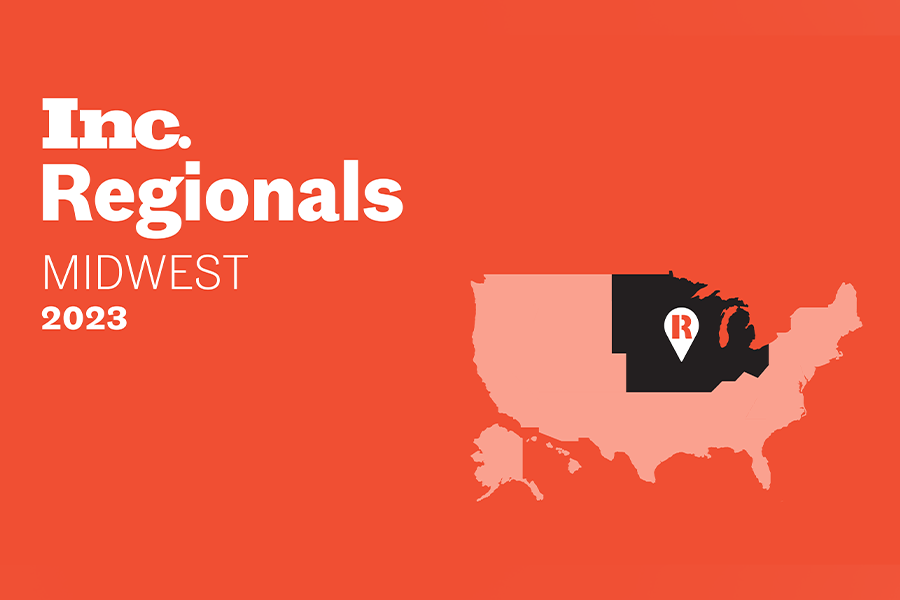The Data Gap: Sharing Information
As healthcare providers strive to navigate patients safely across the care continuum, hospitals, skilled nursing facilities, and other post-acute care providers need effective processes for sharing information and tracking data regarding care transitions, patient statuses, and clinical outcomes. This need is especially heightened in an era of bundled payments and value-based purchasing where delivery of high quality and cost-efficient care is of utmost importance.
While the ask is straightforward, the execution is complicated in our fragmented healthcare system. Often, data between providers is not shared quickly enough or in an accurate manner. Other times, it is not shared at all. Lack of information between care settings can lead to delayed or undue transitions, wastage of resources, and ultimately, delivery of care that is less than optimal.
The Solution: Introducing DINA
Digital Nursing Assistant (DINA) is an artificial intelligence system that allows healthcare providers to optimize care transitions by evaluating real-time patient data analytics. DINA is a powerful tool that keeps members of a patient’s care team connected as a community. By taking advantage of DINA’s smart data monitoring and analysis, providers in all settings can make informed decisions and take timely action, preventing the downstream consequences of delayed care.
How does it work? With the aid of predictive modeling and machine learning, DINA utilizes algorithms to receive and analyze both internal and external data, including patients’ histories, vital signs, medications, treatments, and provider evaluations, to improve patient care delivery.
Let’s take a closer look at DINA’s key functions:
- Optimizing Care Transitions: By reviewing data from a patient’s hospitalization, DINA identifies specific care needs, recommends additional services required, and provides input regarding the most appropriate post-acute care setting. Once a decision is made on a care setting, DINA manages the patient’s care transition from the hospital to the community.
- Identifying Changes in Risk: Through monitoring of real-time data, DINA determines when a patient has a change in risk or condition that may require early intervention and escalates these concerns to the patient’s care team.
- Recommending best-practice interventions: Using a combination of historical and current data, DINA predicts potential injuries, illnesses, and re-hospitalizations and recommends evidence-based interventions to prevent an adverse event or a decline in a patient’s clinical status.
Bridging the Data Gap
DINA facilitates communication between hospitals and post-acute care settings, allowing healthcare providers to make informed and timely care decisions based on real-time data. This technology is innovative and indispensable in that it drastically reduces the margin for human error and oversight. It also significantly eases the burden on care coordinators and social workers charged with the task of ensuring smooth transitions for patients from hospitals to post-acute care settings. Finally, it allows hospitals to build a network of preferred healthcare providers based on actual data regarding care coordination and clinical outcomes.
What do Hospitals and Post-Acute Care Providers Stand To Gain?
- Timely Care Transitions and Improved Patient Care: DINA’s analytics ensure that patients are discharged to the appropriate care setting at the appropriate time. By alerting the patient care team early on regarding changes in a patient’s condition, DINA improves delivery of care and prevents downstream adverse effects.
- Reduced Costs: By providing real-time, accurate patient data and bridging the communication gap between different healthcare providers and settings, DINA reduces waste and focuses on efficient care delivery in the appropriate setting, reducing unnecessary prolonged hospitalizations and preventing re-admissions. The result is high quality, cost-effective care.
- Revenue Boost: Bundled payments reward hospitals and skilled nursing facilities that provide the best care while keeping cost per patient on or below target. DINA’s analytics not only help hospitals make optimal decisions regarding post-acute care but also motivate skilled nursing facilities to deliver the best outcomes.
While using the platform to connect with a community of care providers is free, taking it to the next level by employing the use of DINA ensures an organization’s mastery of transitional care.




